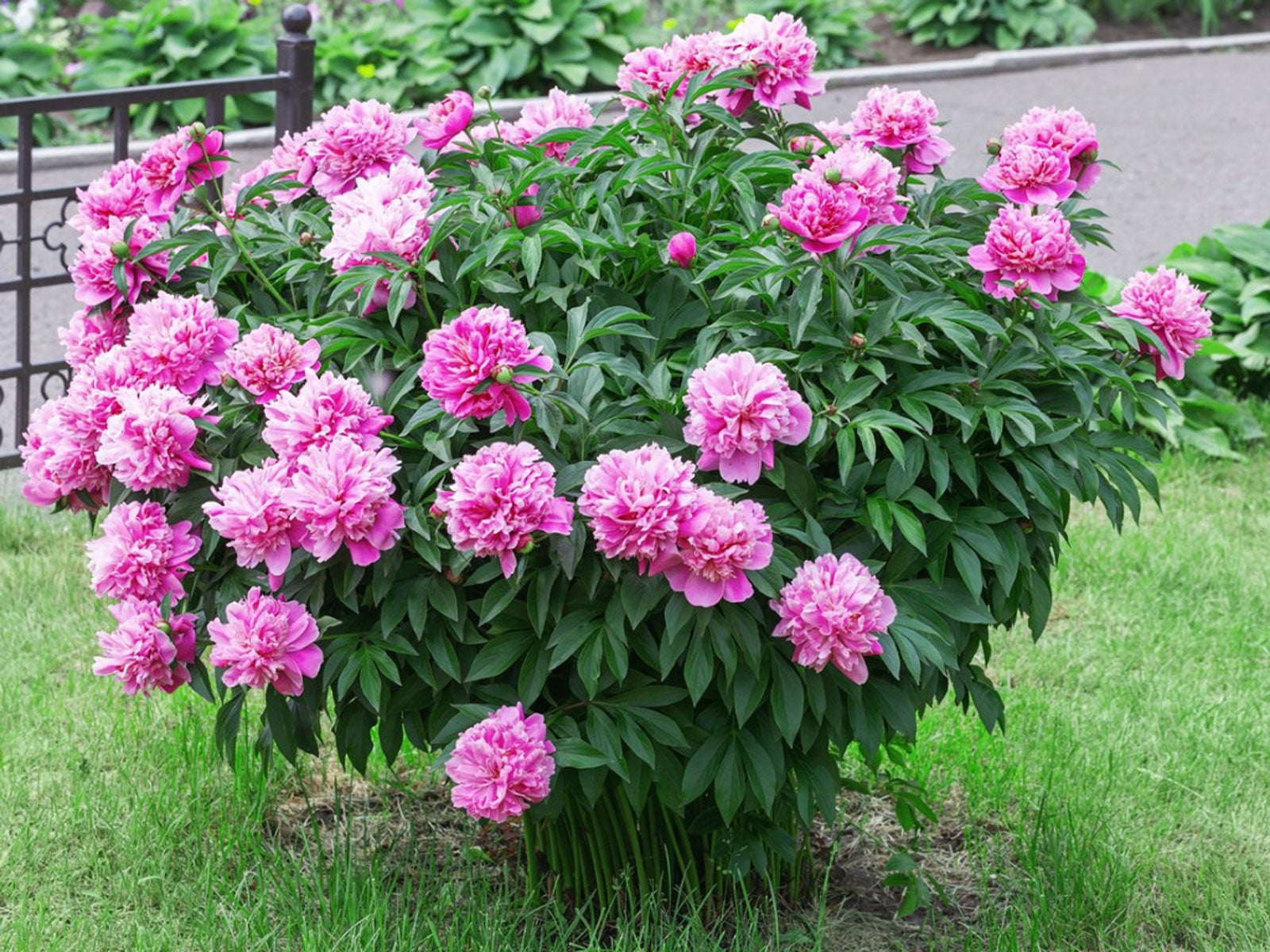Moving Established Peonies: How Do You Transplant A Peony Plant


Peonies are long-lived perennial flowering plants which decorate many landscapes. Over time, as surrounding shrubs and trees grow larger, peonies may fail to bloom as they once did. The culprit is often lack of sunlight due to overcrowding and the expanding canopies of nearby trees. Moving established peonies is one solution.
As a gardener, you may be wondering “Can I transplant peonies?” The answer is yes. Successfully moving established peonies is achievable. Knowing how and when to transplant peony is the key.
How Do You Transplant a Peony?
Choose the correct time of the year. Moving established peony plants should be done in the fall, at least six weeks before the ground freezes. This gives the plant time to recover before going dormant for the winter. In many North American locations, September or October will be the ideal month for transplanting a peony.
- Cut down the stems. If the peony hasn't died back for the winter, trim the peony stems close to ground level. This will make it easier to locate exactly how far the root system extends. Since peonies are susceptible to fungal diseases, it's advisable to properly dispose of the clippings.
- Dig up the peony. Carefully dig in a circle around the plant. Staying 12 to 18 inches (31-46 cm.) away from the edge of the stems should be sufficient to avoid damaging the root system. Continue digging until the root ball can be lifted out. Prying the roots from the ground can cause breakage which may compromise the peony's ability to recover.
- Divide the peony. Use your shovel or a heavy-duty knife to cut the root system into pieces. (Rinsing excess soil off the root ball will make it easier to see what you're doing.) Each piece should contain three to five eyes. These eyes are the growth shoots for next year.
- Choose the right location for transplanting. Peonies prefer full sun and well-drained soil. Space peonies 24 to 36 inches (61-91 cm.) apart. Allow sufficient spacing between peonies and shrubs or other perennials which may increase in size over time.
- Replant the root divisions. Peony root divisions should be transplanted as soon as possible. Dig a hole large enough to accommodate the root ball. Set the eyes no deeper than 2 inches (5 cm.) below the soil level. Planting peony too deep results in poor bloom production. Firmly pack the soil around the root ball and water.
- Mulch the transplanted peony. Apply a thick layer of mulch to protect the newly transplanted flowers over the winter. Remove the mulch prior to the growing season in the spring.
Don't worry if the flowers seem a bit sparse the first spring after moving established peonies. When transplanting a peony, it can take three to four years for it to become reestablished and bloom abundantly.
Gardening tips, videos, info and more delivered right to your inbox!
Sign up for the Gardening Know How newsletter today and receive a free copy of our e-book "How to Grow Delicious Tomatoes".

Laura Miller has been gardening all her life. Holding a degree in Biology, Nutrition, and Agriculture, Laura's area of expertise is vegetables, herbs, and all things edible. She lives in Ohio.
-
 4 Superfast Composting Methods: Turn Waste Into Garden Gold In 30 Days Or Less
4 Superfast Composting Methods: Turn Waste Into Garden Gold In 30 Days Or LessTry the fastest composting methods to turbocharge your pile and transform kitchen scraps and garden waste into finished compost in just a few weeks.
By Mary Ellen Ellis
-
 Best Spider Plant Soil – Complete Soil Guide And Expert Tips For Keeping Plants Happy
Best Spider Plant Soil – Complete Soil Guide And Expert Tips For Keeping Plants HappySpider plants are fun and easy plants to grow, but what is the best soil for a spider plant? Selecting the right soil is important so they can thrive.
By Bonnie L. Grant